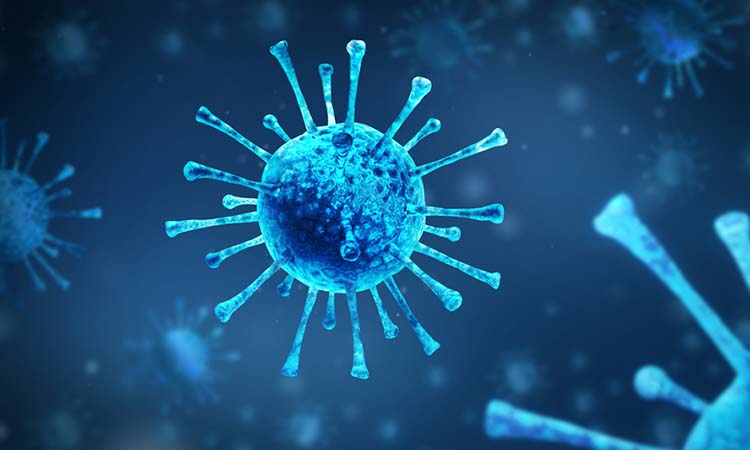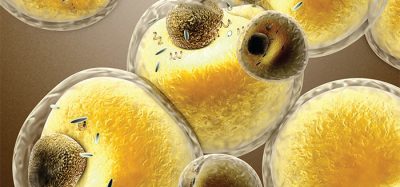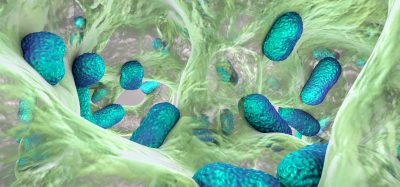Potential COVID-19 antiviral formulated with siRNA-nanoparticles
Posted: 19 May 2021 | Victoria Rees (Drug Target Review) | No comments yet
Scientists have created an antiviral therapy using lipid nanoparticles that deliver siRNA to the lungs to treat COVID-19 in mice.

A team of scientists from Griffith University, Australia, and from City of Hope, US, have developed an experimental direct-acting antiviral therapy to potentially treat COVID-19. The researchers report that the treatment was successful in mice infected with SARS-CoV-2.
According to the scientists, this next-generation antiviral approach used gene-silencing RNA technology called small-interfering RNA (siRNA) to attack the virus’ genome directly, which stops the virus from replicating, as well as lipid nanoparticles to deliver the siRNA to the lungs, the critical site of infection.
“Treatment with virus-specific siRNA reduces viral load by 99.9 percent. These stealth nanoparticles can be delivered to a wide range of lung cells and silence viral genes,” said co-lead researcher Professor Nigel McMillan, from Griffith University. “Treatment with the therapy in SARS-Cov-2 infected mice improved survival and loss of disease. Remarkably, in treated survivors, no virus could be detected in the lungs.”
“This treatment is designed to work on all betacoronaviruses such as the original SARS virus (SARS-CoV-1) as well as SARS-CoV-2 and any new variants that may arise in the future because it targets ultra-conserved regions in the virus’ genome,” said Professor Kevin Morris, co-lead researcher from both City of Hope and Griffith University.
“We have also shown that these nanoparticles are stable at 4°C for 12 months and at room temperature for greater than one month, meaning this agent could be used in low-resource settings to treat infected patients,” said McMillan.
The team say the results suggest that siRNA-nanoparticle formulations can be developed as a therapy to treat COVID-19 patients, as well as used for future coronavirus infections by targeting the virus’ genome directly.
“These nanoparticles are scalable and relatively cost-effective to produce in bulk,” Morris said.
The results of the study are published in Molecular Therapy.
Related topics
Drug Development, In Vivo, Lipidomics, Nanomedicine, RNAs
Related conditions
Covid-19
Related organisations
City of Hope, Griffith University
Related people
Professor Kevin Morris, Professor Nigel McMillan







